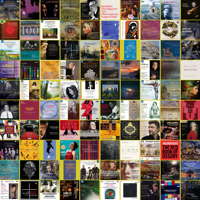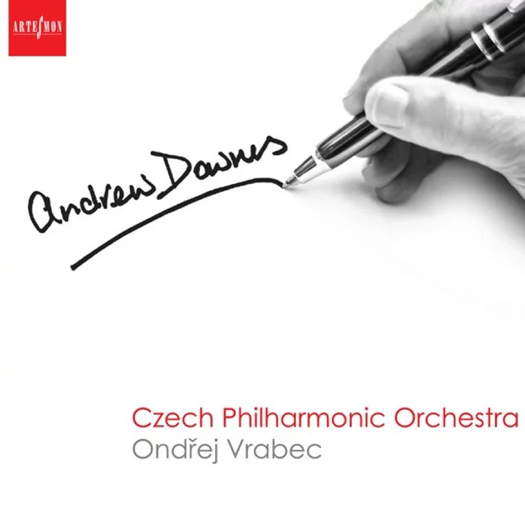- Antonín Dvořák
- Antonio Soler
- Enescu
- Denis Gougeon
- Antonio Garcia Gutierrez
- Drottningholms Slottsteater
- Max Jacob
- Nicholaus Bruhns
Twilight of Dreams
GIUSEPPE PENNISI experiences a pastiche for our times at the opening of Teatro Massimo di Palermo's 2021 season
On 26 January 2021, the Teatro Massimo in Palermo inaugurated the 2021 Season online with a pastiche, as a musical work of this kind was called in baroque times. This is an opera built on an original libretto, but on pieces of other works, usually known to the public. A pastiche of this nature is Georg Friedrich Handel's The Enchanted Island, based on music from works by Handel himself, which a few years ago had great success at the Metropolitan Opera in New York. Another example is I have a dream to music by various composers (from baroque to contemporary), with which, last summer, in the churchyard of the Cathedral of Siena, the Chigiana Festival was inaugurated; it was reviewed in this magazine on 9 July 2020. The title of the Palermo show is Twilight of Dreams. Its authors are the stage director Johannes Erath and Teatro Massimo's music director, Omer Meir Wellber.
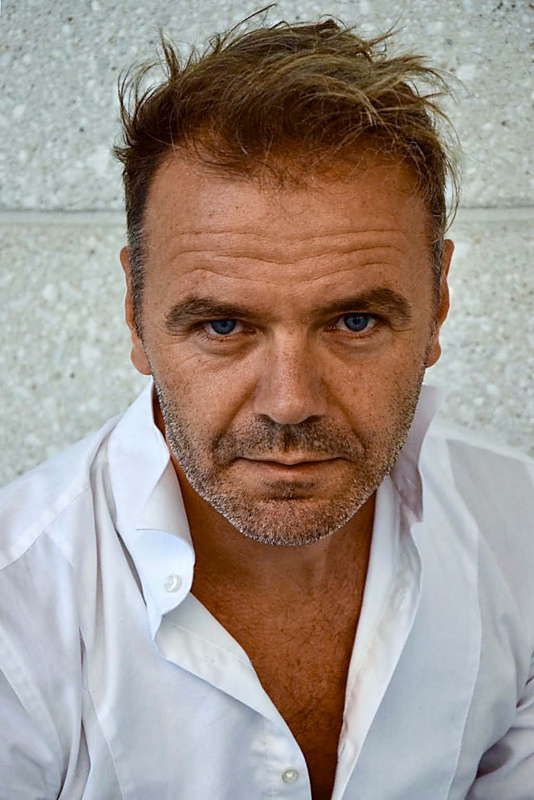
Johannes Erath. Photo © Dshamilja Kaiser
There is, however, a significant difference from traditional pastiche: Twilight of Dreams was conceived not for stage theatre but specifically for television. It is also structured in such a way as to use all the artistic masses of the theatre - orchestra, choir and ballet corps. This would have happened, if Teatro Massimo had been able to start the season, with Yevgeny Onegin by Pyotr Ilyich Tchaikovsky, as planned before the second wave of COVID-19 pandemic. In summary, it is a fascinating and very cohesive show, even though the pieces are taken from numerous works by various composers of different periods and styles. This is to the merit of Teatro Massimo. It is of great managerial intelligence to make all the staff of Teatro Massimo work in this difficult period. Also, this a very topical show in its contents. After the debut, one can see, and listen to, the performance on the theatre's web-tv which can be accessed from the Teatro Massimo website (teatromassimo.it)
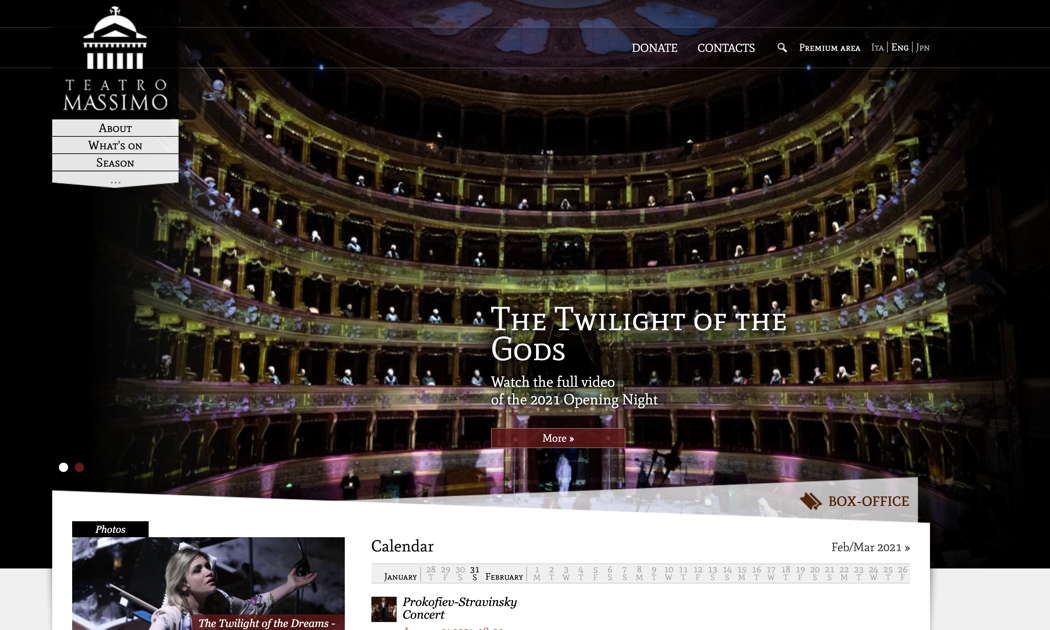
A screenshot of the English language version of the Teatro Massimo website showing the 2021 Opening Night
The work speaks of the present and of a human kind which has lost its certainties and points of reference. The protagonists are soprano Carmen Giannattasio, baritone Markus Werba and bass Alexandros Stavrakakis. Erath and Wellber build a true musical mosaic for Twilight of Dreams. It is a musical winter journey, told as a dream, through pieces of different works, from Rossini to Verdi, and from Monteverdi to the Lieder of Schubert and Richard Strauss, with a recurring presence of the 'Traviata' - the protagonist is afflicted by a lung disease that reminds us of the sufferings of today's mankind. It is a dream of the protagonist, Carmen Giannattasio, who recalls the relationship with her man, sung by Markus Werba. The dream is troubled by nightmares with the presence of the devil (Alexandros Stavrakakis) but has moments of great relief too, such as the chorus of the first act of Fidelio. It culminates with hope: the choir from the Prologue of Arrigo Boito's Mephistopheles and the final duet from Monteverdi's Incoronazione di Poppea. These are two moments of ecstasy: the first divine and the second earthly.
Teatro Massimo becomes a great film set, a dilated scenic space that in addition to the audience stalls and the stage also includes the boxes and the upper tier. This allows for interesting stereophonic effects. The space is transformed by the scenography, illuminated by moonlight and submerged by a blanket of snow that envelops and transfigures every shape.
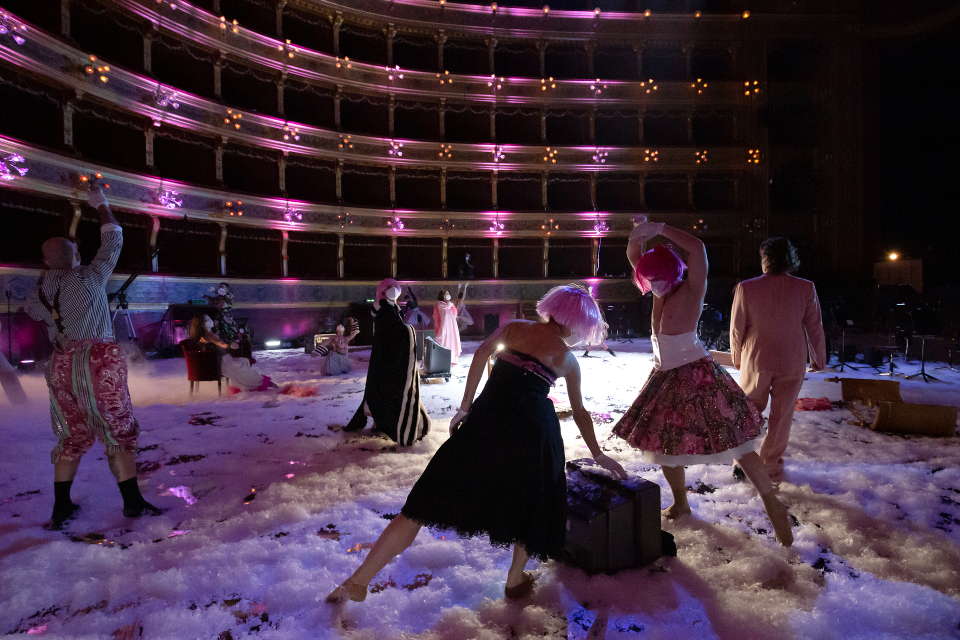
A scene from Il crepuscolo dei sogni (The Twilight of Dreams) at Teatro Massimo. Photo © 2021 Rosellina Garbo
It is a place that becomes a landscape of the soul, recalls the condition of a disoriented and isolated human kind. Men and women have lost certainties and points of reference and struggle with distances, separations and new modes of communication. In this suspended scenario, which alternates hope and despair, art and especially music remain the highest forms of hope.
The musical numbers trace a dreamlike path between light and shadow, from the dawn of Richard Strauss and Haydn to Schubert's Winter Journey, from the shadows of the air of Rossini's 'calunnia' aria and the death of Boris Godunov to the lights on which the show ends. In between, with eyes always fixed on the human drama of Traviata and on the existential one of Mephistopheles, the path wanders from Italian to German and Russian opera, from lieder to song, to klezmer music, from the Baroque of Purcell and Monteverdi to twentieth century music.
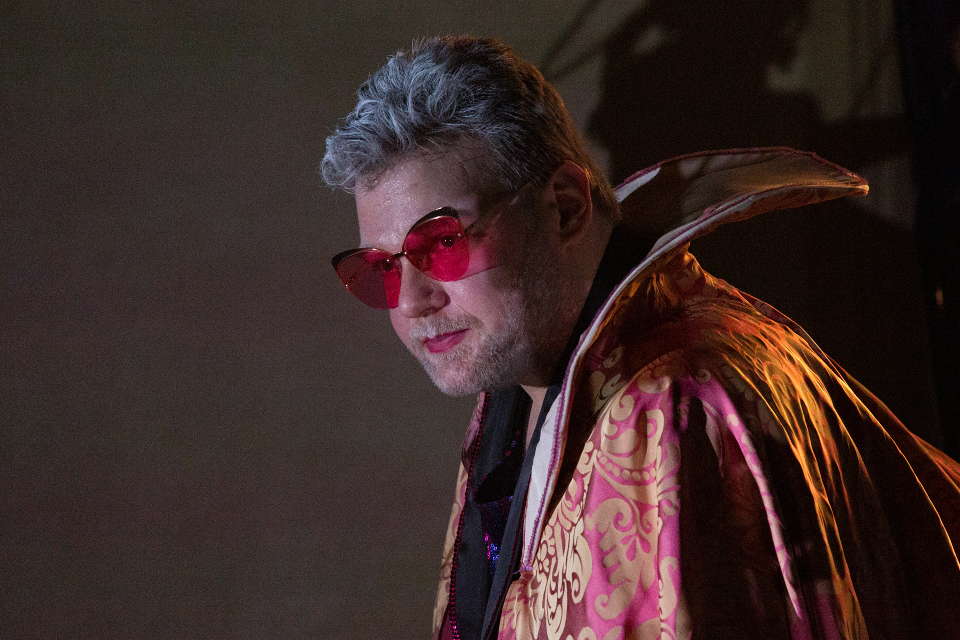
Alexandros Stavrakakis as Mephistopholes in Il crepuscolo dei sogni (The Twilight of Dreams) at Teatro Massimo. Photo © 2021 Rosellina Garbo
Bibi Abel's videos, images and films, projected onto the surfaces of the theatre, contribute to the setting. The choreography of Verdi's Dies Irae is by Davide Bombana, director of the ballet corps of the theatre, while the other choreographic movements are by Ugo Ranieri. For the television part, the technical team of the Theater is coordinated by Gery Palazzotto, with television direction by Antonio Di Giovanni and sound direction by Manfredi Clemente.
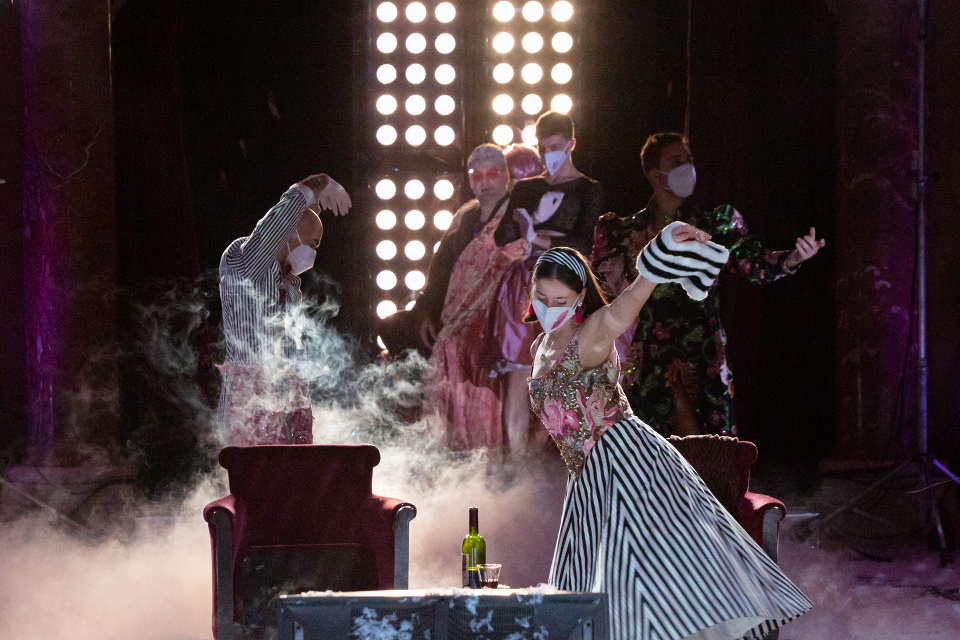
A scene from Il crepuscolo dei sogni (The Twilight of Dreams) at Teatro Massimo. Photo © 2021 Rosellina Garbo
It is worth seeing several times in order to taste all the details of this sophisticated hour-and-a-half work. On 26 January, the audience totalled 28,000. A great success.
Copyright © 28 January 2021
Giuseppe Pennisi,
Rome, Italy

FURTHER CLASSICAL MUSIC ARTICLES ABOUT TEATRO MASSIMO
FURTHER CLASSICAL MUSIC ARTICLES ABOUT PALERMO
FURTHER LIVE CONCERT AND OPERA REVIEWS


